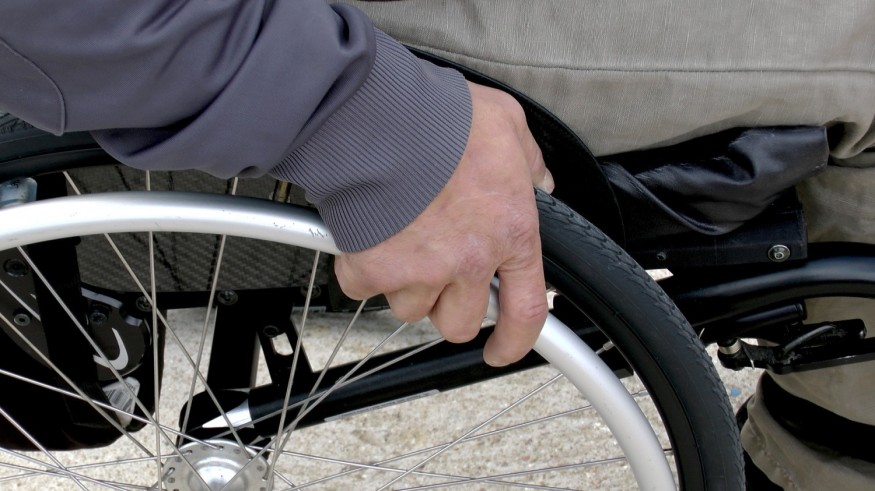
Every one enjoys the privileges of mobility and participating in various activities. Sadly though, people with specific chronic conditions, physical challenges, and disabilities are robbed of this freedom.
Even though a manual wheelchair may grant them some flexibility, it takes enormous upper body strength to navigate one. Fortunately, electric wheelchairs are commercially available. Although, looking at wheelchairs for sale may prove to be a challenge on its own.
However, getting a better idea of the products available may help you narrow your search in purchasing one. So, let's take a look at electric wheelchairs: the different types available and the benefits they provide.
Electric Wheelchairs - Overview
In essence, there are three main types of electric wheelchairs:
● Rear-wheel-drive
● Front-wheel-drive
● Mid-wheel-drive
Customization is possible on all three types. By adding various components and accessories, it's possible to turn any one of these into a complete bespoke wheelchair to meet your care needs.
What's a Drive Wheel?
The drive wheels, being the largest on the power chair, are directly connected to its motor and act as the driving force for the wheelchair. These are also responsible for the turning capability of the vehicle.
Thus, the configuration of the drive wheel directly impacts the manoeuvrability, turning radius, and driving power of an electric wheelchair.
Rear-Wheel-Drive Power Chairs
These electric wheelchairs typically have four wheels providing traction when driving:
● Two drive wheels
● Two front castors
Rear-wheel models handle small changes in gradient well and offer good shock absorption. This results in a smoother driving experience, and wheelchair users often find them to be the most comfortable.
These chairs do, however, have specific disadvantages. They come with a large turning radius, making it difficult to manoeuvre in confined spaces. Additionally, they don't do well with obstacles, making it tricky to get up kerbs and other obstructions.
So, if comfort is your priority and you won't be using it to climb obstacles or in tight spaces, this may be a suitable option for you.
Front-Wheel-Drive Power Chairs
These models generally have four wheels giving traction when driving:
● Two drive wheels
● Two rear castors
These models offer a smooth ride, and they're great for climbing obstacles, allowing them to perform well over various terrains. Although it may be tricky to start driving one of these chairs, people that use alternative controls (e.g. chin or finger) often find them easier to manoeuvre.
The primary disadvantage of these chairs is that they've got a larger turning radius than the mid-wheel models. However, if you're looking for an 'all-terrain' power chair, the front-wheel-drive will be the perfect solution.
Mid-Wheel-Drive Power Chairs
These power chairs usually have six wheels that provide traction when driving:
● Two drive wheels
● Two front castors
● Two rear castors
These models offer excellent stability as your centre of gravity is directly above the drive wheels. Furthermore, the mid-wheel configuration provides you with a much smaller turning radius than either the front- or rear-drive types. Additionally, having six wheels further increases the steadiness of these vehicles.
For these reasons, wheelchair users often find these chairs easier to drive and manoeuvre.
However, these models don't come without their drawbacks. As a trade-off, comfort is slightly sacrificed for enhanced stability. This results in a somewhat less smooth ride. Also, even though these chairs are perfect for 360-degree rotation, they offer less manoeuvrability when it comes to smaller front-end turns.
Although these models would be the perfect solution for most users, they may not be suitable for people with vibration-sensitive conditions.
To Wrap Up
Buying an electric wheelchair has the potential of providing you with a lasting feeling of freedom. Yet, it's not a decision you should make before getting an assessment. Professional advice will ensure you get the drive type best suited for your condition and one that can be customized to your needs. However, keep comfort in mind, as you'll be spending a considerable amount of time on that chair.
© 2025 NatureWorldNews.com All rights reserved. Do not reproduce without permission.





